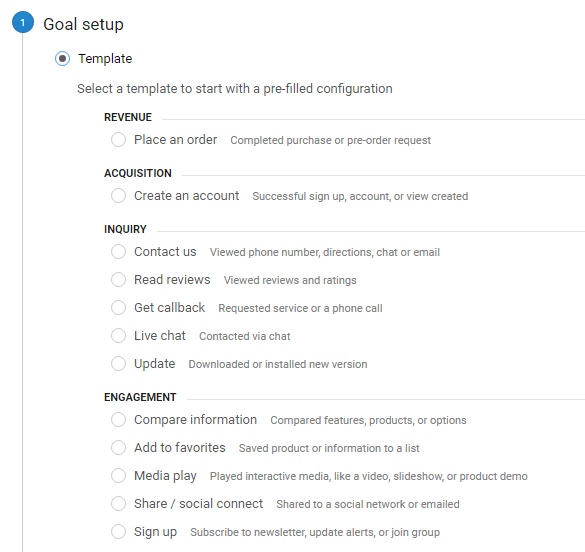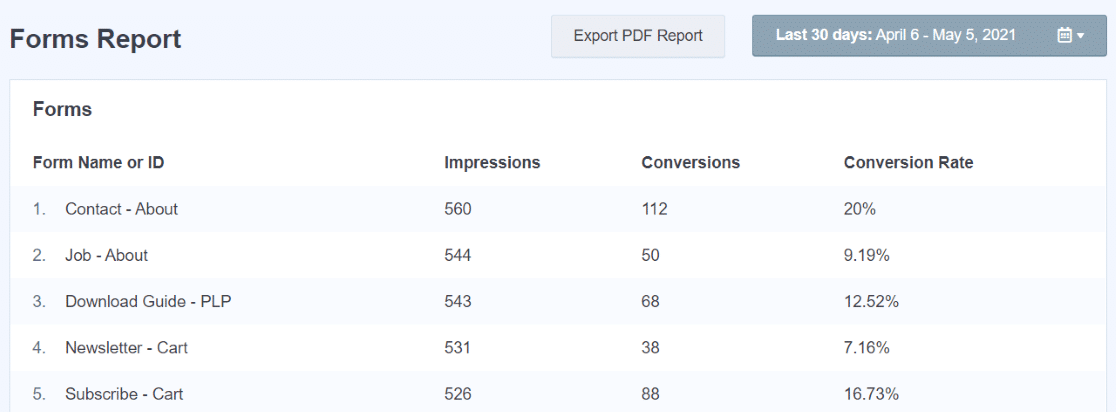Comprehending What Data Is Google Analytics Goals Unable to Track
Comprehending What Data Is Google Analytics Goals Unable to Track
Blog Article
Discover the Limitations of Google Analytics Goals: Unveiling the Information Types That Remain Untrackable
As organizations increasingly rely on data-driven decision-making, understanding the constraints of devices like Google Analytics becomes paramount. While Google Analytics Goals offer beneficial insights right into user interactions, there exist information types that thwart monitoring, presenting difficulties to a comprehensive understanding of user habits.
Insufficient User Journey Tracking
Incomplete customer trip monitoring within Google Analytics can impede the capability to precisely examine customer habits. When the customer trip is not fully tracked, there are spaces in the data that avoid a comprehensive understanding of exactly how customers connect with a site. This lack of insight can lead to missed out on chances for optimization and improvements to the individual experience.
One usual problem with incomplete individual journey tracking is the inability to see the full path that individuals take in the past completing a goal or leaving the website. Without this information, it is testing to identify where users might be running into challenges or friction points that stop them from converting. Furthermore, insufficient tracking can obscure the effect of certain marketing initiatives or web site modifications on user actions.
To address this limitation, it is crucial to establish up appropriate tracking systems within Google Analytics to catch the whole user journey. This might entail setting up event monitoring, objective funnels, or making use of tools like Google Tag Supervisor to make certain that no crucial communications go unrecorded. By acquiring a comprehensive view of the customer trip, site owners can make more enlightened decisions to boost customer involvement and drive conversions.
Attribution Obstacles
Navigating through acknowledgment obstacles in Google Analytics requires an extensive understanding of just how various touchpoints add to the total conversion process. Attribution obstacles occur from the intricacy of contemporary client journeys, where users engage with numerous networks prior to converting. Google Analytics gives different attribution versions like initial touch, last touch, and straight, each using a various viewpoint on exactly how credit scores is assigned to touchpoints along the conversion path. However, these models might not always precisely reflect real impact of each touchpoint on the conversion.
One usual attribution difficulty is the trouble in attributing conversions to the appropriate resource, especially in instances where customers engage with multiple networks prior to converting. In addition, cross-device tracking positions one more attribution challenge, as users typically switch over between tools during their trip, making it challenging to track their communications effortlessly.
Offline Conversions
Provided the difficulties associated with connecting conversions accurately in online networks, the measurement of offline conversions presents a substantial opportunity for marketers seeking a more thorough understanding of their consumers' journey. Offline conversions refer to activities that consumers absorb the real world, such as making acquisitions in brick-and-mortar stores or over the phone, attending events, or involving with printed products - what data is google analytics goals unable to track. These conversions are essential for companies that run both online and offline, as they supply useful understandings right into the effectiveness of advertising campaigns across numerous touchpoints
Tracking offline conversions generally presented a substantial obstacle for online marketers, as it was challenging to link these activities back to certain on the internet interactions accurately. Nonetheless, with innovations in technology, such as the assimilation of CRM systems, special identifiers, and voucher codes, businesses can currently connect the gap in between online and offline information to obtain a much more all natural view of consumer habits. By effectively measuring offline conversions, marketing experts can maximize their approaches, designate resources a lot more successfully, and eventually boost the overall consumer experience.
Cross-Device Tracking
Cross-device monitoring plays an important duty in recognizing the interconnected nature of customers' digital communications across numerous tools. In today's omnichannel globe, where customers flawlessly switch between tablets, mobile phones, and desktop computers, tracking their behavior across these devices is necessary for marketing experts to get an extensive sight of their customer journey.

Moreover, privacy problems and read the full info here policies such as GDPR and CCPA have better difficult cross-device monitoring. With users demanding more control over their information and enhanced restrictions on monitoring modern technologies, online marketers have to locate innovative and privacy-compliant methods to connect customer communications throughout tools.
Dynamic Web Content Involvement
Recognizing individual interaction with vibrant content is critical in optimizing electronic advertising methods for enhanced target market interaction. Dynamic web content describes web site components that transform based on user actions, preferences, or other factors, supplying a customized experience. Tracking customer interactions with vibrant web content presents obstacles for traditional analytics devices like Google Analytics.
While Google Analytics can track fundamental communications like clicks and web page views, it may have a hard time to catch even more nuanced engagements within vibrant web content. what data is google analytics goals unable to track. Metrics such as time invested on certain vibrant aspects, float actions, or communications within pop-ups are commonly not easily quantifiable using standard monitoring approaches. This limitation prevents online marketers' ability to totally realize just how individuals are involving with dynamic web content and tailor their approaches as necessary

Conclusion
To conclude, Google Analytics goals have restrictions in navigate to this website tracking incomplete customer trips, associating conversions properly, recording offline conversions, tracking cross-device interactions, and determining vibrant content interaction. These constraints highlight the importance of exploring extra tracking methods and devices to acquire a more thorough understanding of individual behavior and conversions past what Google Analytics can offer.
While Google Analytics Goals deal beneficial understandings into user interactions, there exist information types that elude monitoring, positioning difficulties to an extensive understanding of individual behavior.Insufficient user journey tracking within Google Analytics can prevent the capability to precisely evaluate individual actions. When the user journey is not totally tracked, there are spaces in the information that stop a comprehensive understanding of exactly how customers interact with an internet site.One common problem with incomplete user trip tracking is the inability to see the complete course that users take previously completing an objective or leaving the website. By obtaining a comprehensive sight of the customer trip, website owners can make more informed decisions to enhance individual interaction and drive conversions.
Report this page